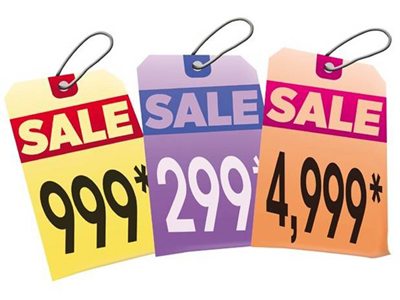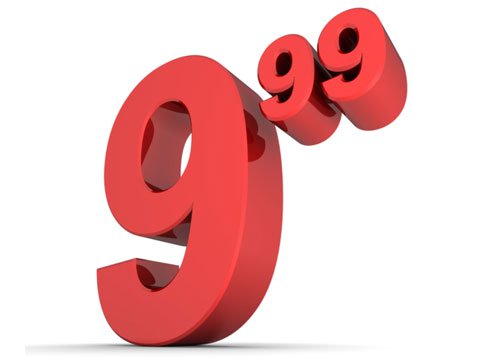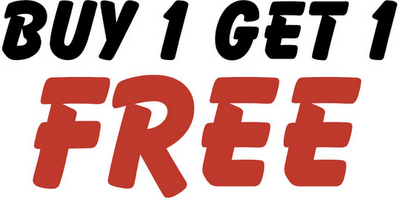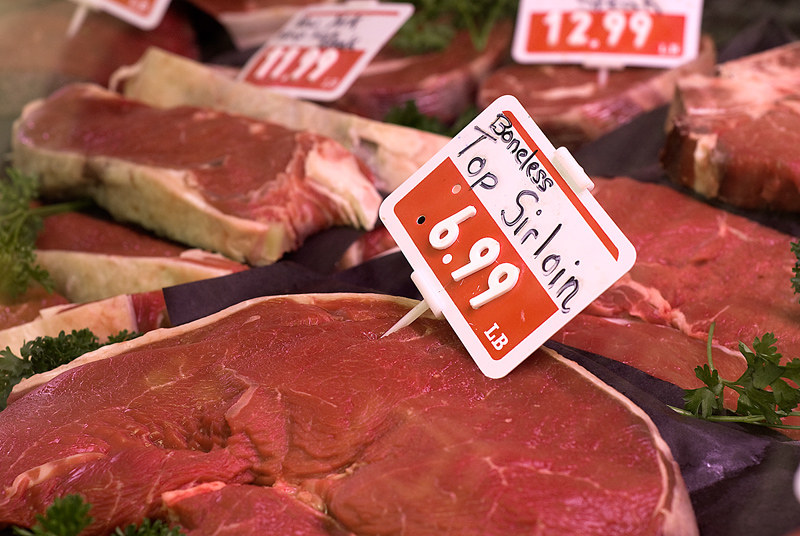The 5 major stages of psychological pricing

The main reason you own a business and operate it is to generate profits. The profit comes from the pricing – but how do you get good prices for your products when you have no idea how that is done? And once you set the prices, are they sufficient to cover the production costs and make you some revenue? How do you even price the product correctly, and are there certain rules you need to follow?
Well, the answer is simpler than you may realize – and it all has to do with psychological pricing. This involves the belief that there are specific prices that will have a higher impact psychologically, depending on the target audience and their spending characteristics.
With this in mind, there are specific strategies you can employ, and you can look to sites such as Answer First Communications to give some more information with that. Read on for our strategies, all tried and trusted, in the world of psychological pricing.
Reducing the left digits by one is a form of ‘charm prices’

This is commonly in use when you go to discount stores, compared to a store selling high end products. It involves ending the price of the item with either ‘9’ or ‘99’.
When you are using this form of pricing on your products, you are reducing the left digit by one cent, and it always comes in handy because you never notice it as much when making purchases (unless you look keenly into it).An instance would be a product at $4.99 to your mind, you will always see it as $4.00 instead of $5.00, even when it is placed next to a similar $5.00 item.
This method is always effective because it goes down to the basics of converting numbers and prices, according to a recent study done by the University of Chicago. If you want to improve the purchases of the services and products, consider reducing the prices that end in zero, and replace that with nines. In addition, you can also put the cents in a smaller font to increase the effect.
Pricing strategy for ‘prestige’
This is the complete opposite of the charm pricing approach, as i9t involves rounding off the numbers to the nearest whole number – for instance, changing $199.99 to $200.
The rounded figures will have a strong effect on the feelings of the customer because the mind processes them more fluently, rather than non-rounded prices that rely heavily on cognition. What this means is that the customer will feel more ‘right’ when they buy items based on their feelings, and they will accept the price faster because it appeals to their sense of prestige.
Using the offer of buying one, get one free (also known as BOGOF)

If you are reading this article, this is definitely a strategy you have seen before, where you pay the full price of an item, and then get another for free. And it always works because of one simple reason – greed.
You can relate to this, because you may have done it in the past. When you come across an offer, you will always toss your logical thoughts about the offered product into the wind, and make sure you can get the free item.
This strategy is clearly a classic and is everywhere, although most people now will not fall into it so easily. You can still use it though, through offering any of these benefits:
- Buying one, and getting three for free
- Buying one and getting a 20 or 25 percent off your following purchase
- Buy one and get several bonuses for free
You can become as creative as possible with your offers, and that will limit the extent you can go to.
Placing standard and expensive items next to each other (also known as comparative pricing)
This is among the most effective psychological pricing strategies that are in use, and it has worked for many years. It simply involves you placing two contrasting items in terms of their price next to each other, and leaving the consumer to make the decision.
This has a major effect on the psychological choice the consumer makes, as they are forced to choose between products that are similar in their attributes but different – it will either appeal to their sense of prestige, or utility.
If you want to see this strategy in action, the best place to look at is fashion brands. When buying an item such as a dress, they will place two dresses next to each other, and these dresses are of the same quality but have different prices. The customer is more likely to select the more expensive dress, which is the desired outcome.
To the customer, the more expensive item always signals that it is of high quality, and they will prefer that over the cheaper item.
It helps to highlight the different prices visually

When doing a sale, it always helps you to highlight the price of the item under sale in contrast to the item with the new price, as this will make the customer feel they are getting a real bargain. They will not necessarily be interested in researching the drop or increase in price, at least not for that moment.
If you want to do this more effectively, you can always play psychological tricks through changing the color, size, and font of the new price, then leaving the other price in the usual font.
This will have an interesting effect – the customer will see the differences visually, and then interpret it as a more significant price distinction, even before they think about the subtle differences in price too much. This ultimately increases the purchase rates, since they see the visual distinction as a better price offer.
It is important to note one thing if you will use this strategy though: the price difference should never be more than $10.
Final thoughts
When you use psychological pricing, it becomes easier to make progress in terms of your sales. You can try them at different times and see the best strategy for your business in the long term.
